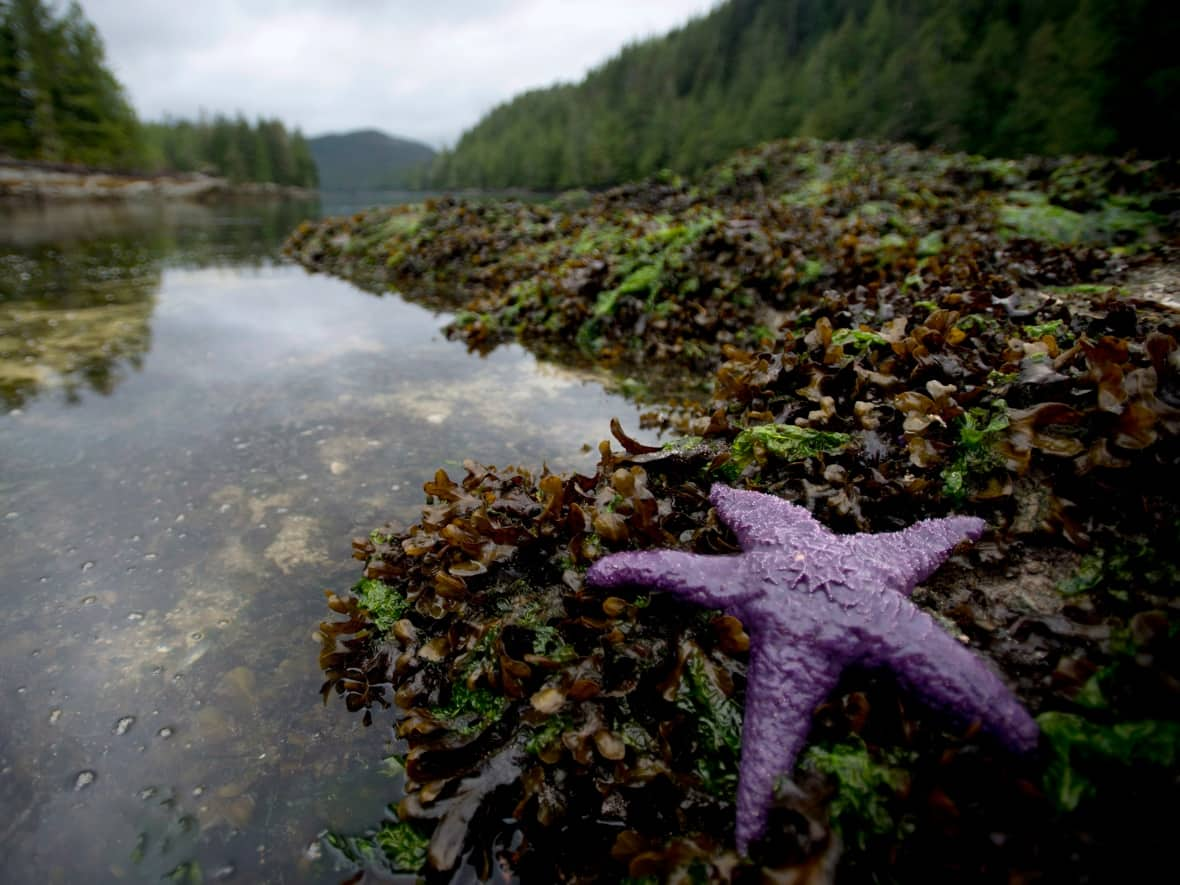Provinces and territories agree to help Ottawa meet 2030 targets for protecting wild spaces

Provinces and territories have agreed to contribute toward Ottawa's 2030 targets for preserving Canada's oceans and wild spaces.
The agreement comes as a new study adds to growing fears the world could be entering a human-caused mass extinction phase, and as the United Nations urges countries to commit themselves to halting biodiversity loss and protecting 30 per cent of land and water globally.
A recent report from the Canadian government on the status of over 50,000 wild species in Canada warns that more than 2,000 of them face a high risk of being wiped out.
Federal, provincial and territorial leaders issued a joint statement Friday "committing to contribute toward halting and reversing biodiversity loss by 2030 and to put nature on a path to recovery by 2050."
The Canadian government already has set ambitious targets for conserving 30 per cent of Canada's lands and oceans by 2030. The target was a component of the Kunming-Montréal Global Biodiversity Framework signed in 2022 at COP15, a UN convention.

Until Friday, only some provinces had committed to helping Ottawa achieve its goal.
"We all agreed. All of us sitting around the table. We want to work together to make this a reality in Canada," federal Environment Minister Steven Guilbeault said after meeting with provincial and territorial representatives in the nation's capital over two days.
Nova Scotia's Environment Minister Tim Halman, who has disagreed with Guilbeault on climate policy, described the meetings with other environment ministers as "very productive" and applauded Guilbeault's leadership on the nature file during a joint news conference.
"Canada is a community of communities. You are seeing provinces and territories in their own way moving to conserve land and water," Halman said.
The joint commitment doesn't mean each province and territory will protect a third of its natural environment. Some provinces and territories have large amounts Crown land — areas of a province or territory not held by individuals or private entities — making it easier for their governments to protect land.
Other jurisdictions have little Crown land. In Nova Scotia, for example, 70 per cent of the landmass is privately owned. The province has committed to a preservation target of 20 per cent.
Guilbeault said other jurisdictions will have to do more.
"We know that others will do more, and that's how collectively we will protect 30 per cent of our lands and oceans by 2030," Guilbeault told reporters.
While Quebec, British Columbia and the Yukon have committed to protecting 30 per cent of their lands and waters, others must catch up. A recent report from the Canadian Parks and Wilderness Society (CPAWS) says Alberta, Saskatchewan, Manitoba, Ontario, New Brunswick and Newfoundland and Labrador need to make progress.
"We're in agreement about the urgency. Now let's get to work," CPAWS national director Sandra Schwartz said. "Move it from a paper exercise to one that is real."


